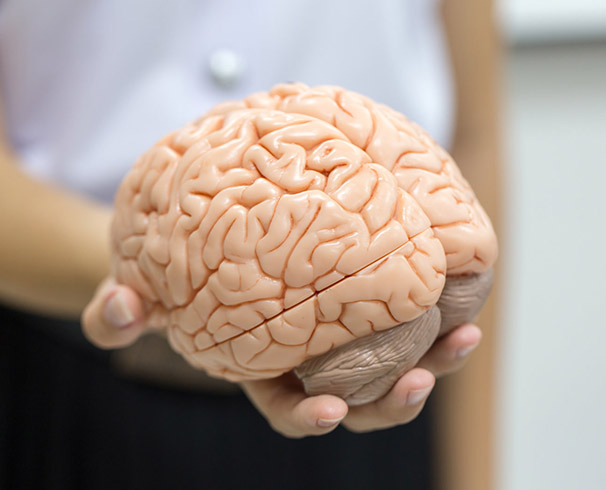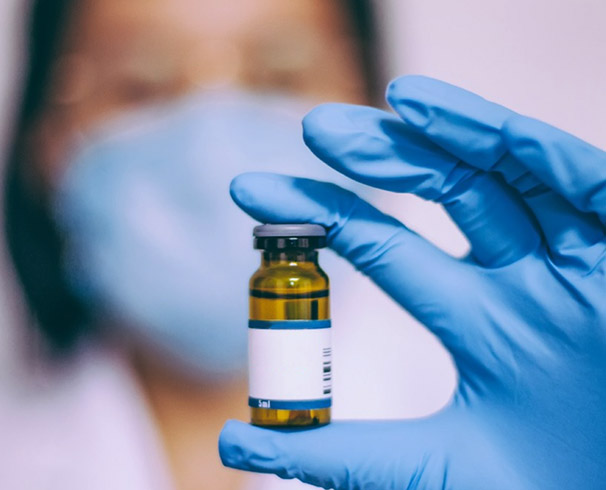About 50 million people worldwide are suffering from after-effect of chronic stoke.


Rapid intervention with "clot-busting agent" alteplase within 4.5 hours of stroke onset.
Apoplectic hemiplegia period is to show after apoplectic break out 6 months above still have motion obstacle, feeling obstacle, speech obstacle, all aid obstacle, cognitive obstacle to wait.

hNPC01, the first off-the-shelf cell product developed by Hopstem, is human forebrain neural progenitor cells (hNPCs) aiming to improve functions of patients suffered from chronic stroke and traumatic brain injury.
The clinical-grade hNPC01 is Foxg1 positive (>90%) hNPCs differentiated from GMP iPSC with Hopstem's second-generation neural differentiation technology and under GMP conditions. These cells can survive for a long time bothin vitroand in the pMCAO model after intracranial transplantation in rodent and non-human primates. They can further differentiate into all types of forebrain neural cells and glial cells. The composition and function of these differentiated cells are similar to those of the human cerebral cortex.
Preliminary animal studies have shown that differentiated human neural progenitor can form synapses with rodent neurons, are electrophysiologically active and can integrated into neural circuits. Neurotrophic factors and other beneficial factors may also be released from these cells after transplantation to stabilize or promote local neural functions and connections. Compared with the control group, significant functional improvements were observed in non-human primate stroke models that received hNPC01 transplantation.
